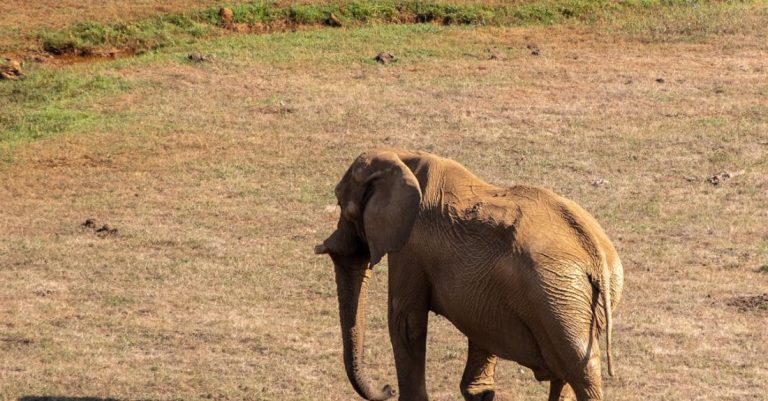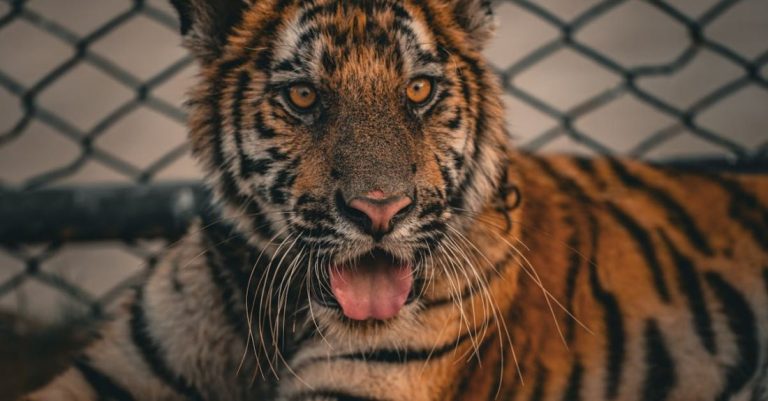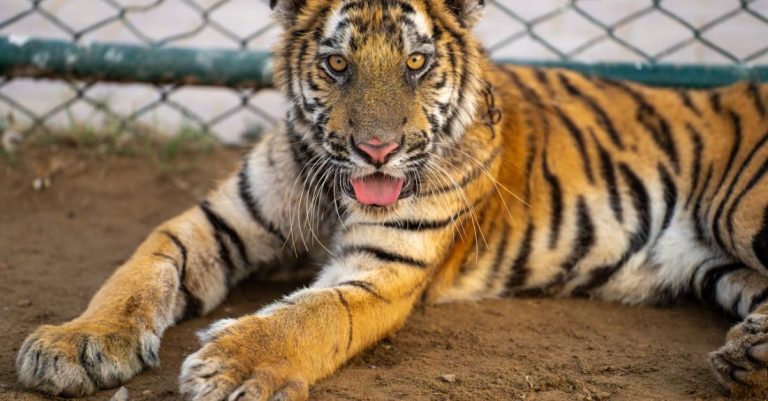
Embarking on a safari to witness the Big Five in their natural habitat is a dream for many wildlife enthusiasts. The Big Five – lions, leopards, elephants, rhinoceroses, and buffaloes – are some of the most iconic and sought-after animals to see in the wild. However, observing these majestic creatures up close comes with its own set of challenges and risks. To ensure a safe and unforgettable experience, it is important to be well-prepared and educated on how to responsibly view these animals in their natural environment.
Understanding the Big Five
Before setting out on a safari adventure, it is essential to have a good understanding of the behavior and habitats of the Big Five. Each of these animals has its own unique traits and characteristics that set them apart from one another. Lions are known for their prowess as apex predators, leopards for their elusive nature, elephants for their intelligence and social structure, rhinoceroses for their sheer size and strength, and buffaloes for their herding behavior and formidable presence.
Respecting Wildlife and Their Environment
Respecting the wildlife and their natural habitat is crucial when observing the Big Five. It is important to remember that you are a visitor in their home and must conduct yourself in a way that does not disturb or harm the animals. Always maintain a safe distance from the animals and never approach them too closely. Keep noise to a minimum and avoid making sudden movements that could startle or agitate the animals.
Choosing a Reputable Safari Operator
When planning a safari to observe the Big Five, it is essential to choose a reputable and responsible safari operator. Look for operators that prioritize the safety and well-being of the animals, as well as the comfort and satisfaction of their guests. A good safari operator will have experienced guides who are knowledgeable about wildlife behavior and conservation practices. They will also adhere to ethical guidelines and regulations to ensure a sustainable and respectful safari experience.
Safety Precautions in the Wild
While observing the Big Five in their natural habitat is an exhilarating experience, it is important to prioritize safety at all times. Always follow the guidance of your safari guide and never attempt to approach or interact with the animals on your own. Keep a safe distance and avoid any actions that could provoke the animals. Remember that these are wild animals and their behavior can be unpredictable.
Responsible Photography and Filming
Capturing the beauty of the Big Five on camera is a highlight of any safari experience. However, it is important to practice responsible photography and filming techniques to avoid disturbing the animals. Always use a telephoto lens to get close-up shots without intruding on the animals’ personal space. Avoid using flash photography, as it can startle and disorient the animals. Remember that the welfare of the animals should always come first.
Environmental Conservation and Sustainability
As visitors to the natural habitats of the Big Five, it is our responsibility to contribute to environmental conservation and sustainability efforts. Support conservation organizations that work to protect wildlife and their habitats. Practice eco-friendly behaviors such as minimizing waste, conserving water, and respecting the natural environment. By being mindful of our impact on the ecosystem, we can help ensure that future generations will have the opportunity to witness the beauty of the Big Five in the wild.
In conclusion, observing the Big Five in their natural habitat is a once-in-a-lifetime experience that requires careful planning, respect for wildlife, and a commitment to safety and conservation. By following these guidelines and tips, you can enjoy a safe and unforgettable safari adventure while also contributing to the protection of these magnificent animals for generations to come.





